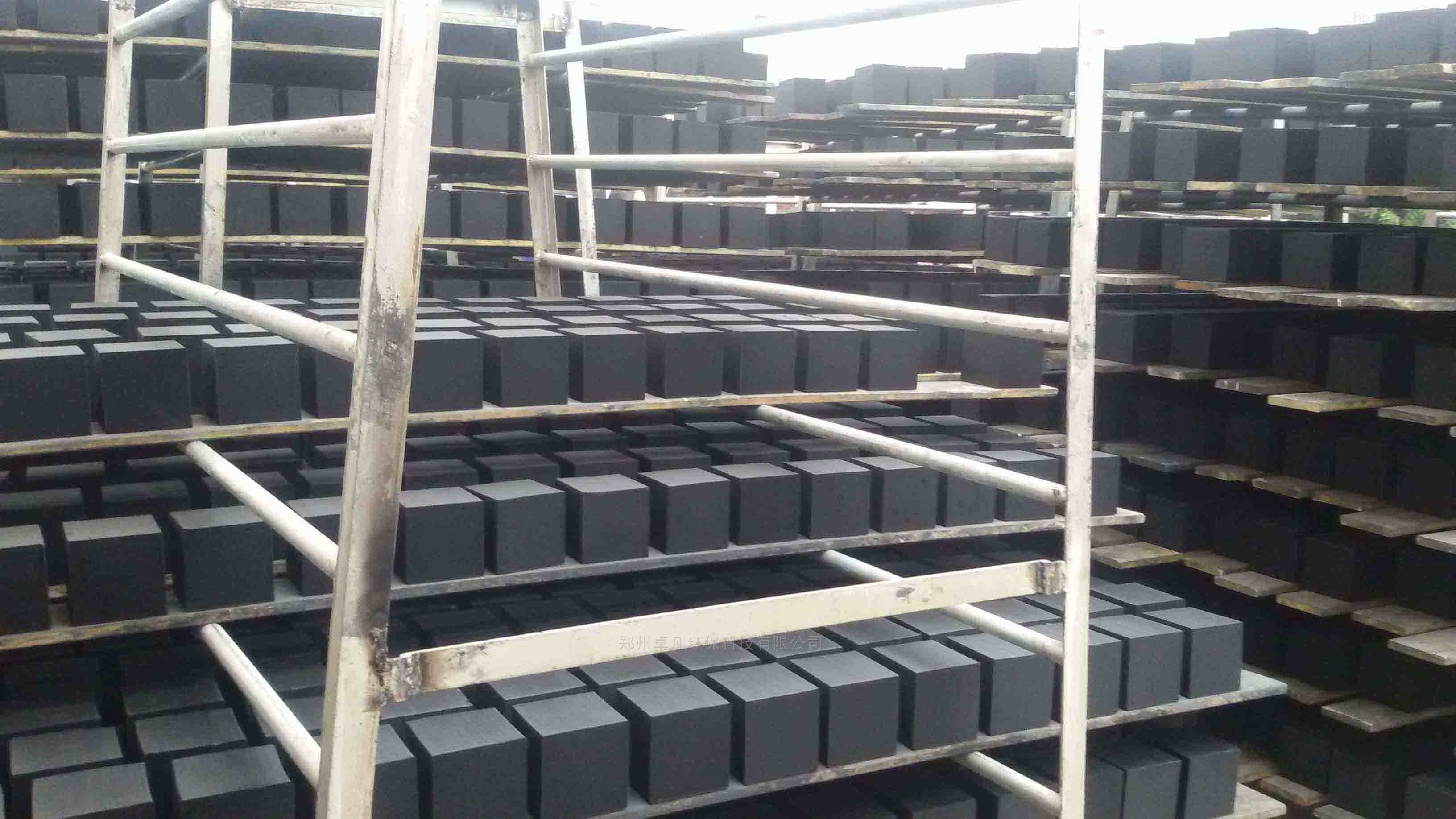
The general waste odor gas comes from sulfur compounds and nitrogen compounds. We choose five kinds of waste gases that emit odor and use Activated carbon Their adsorption capacity and desorption efficiency were studied. The selected gases include polar gases (hydrogen sulfide H2S and ammonia NH3) and non-polar gases acetaldehyde, methyl mercaptan and trimethylamine. Activated carbon has micropores, mesopores and macropores with non-polar and hydrophobic characteristics. Because of these characteristics, activated carbon is widely used in BTEX series VOC gas adsorption research. Generally, activated carbon has high adsorption performance for non-polar gases such as VOCs.
Activated carbon adsorbent
In order to study the removal efficiency of waste gas, granular activated carbon adsorbent with a size of 3.0-4.0mm was purchased. Dry the material at 110 ℃ for 24 hours before the experiment. The adsorbent was analyzed by industrial analysis, element analysis (EA) and N2 adsorption/desorption performance. For approximate analysis, dry adsorbent carbon is put into the furnace and heated at 950 ℃ for 7 minutes, then heated at 750 ℃ for 10 hours. The sample product, including ash, volatile matter and fixed carbon content, is measured as a percentage of the total weight. Conduct EA at 900 ℃ for 12 minutes with element analyzer to determine the concentration of carbon, hydrogen, oxygen, nitrogen and sulfur.
Through scanning electron microscope (SEM) analysis, the surface morphology of activated carbon can be observed in the micro world. The SEM image in Figure 1a shows that the activated carbon is composed of small pieces with many pores and is well developed on the surface. The highly developed mesopores in SEM images have relatively high BET surface area and aperture distribution. Thermogravimetric analysis (TGA) and Fourier transform infrared spectroscopy (FT-IR) were used to observe the changes of surface weight loss and active functional groups of the adsorbent. The activated carbon was analyzed by TGA to study its thermal stability, and the results are shown in Figure 1b. TGA curve showed that the weight of activated carbon began to decline slowly. In the process of weightlessness, it decomposes into carboxyl group at 130 ℃, and lactone and phenolic group at 600 ℃ in the process of gradual weightlessness. At 800 ℃, the weight loss is due to the decomposition of ether and quinone groups. After about 1000 ℃, the weight of activated carbon remains about 51.6% of the initial weight. The FT-IR spectrum of activated carbon is shown in Figure 1c. The functional groups of activated carbon show three main peaks at 1022cm-1, 1583cm-1 and 1659cm-1, which are respectively involved in the stretching of CO and C=O bonds in carboxyl groups. The spectrum band in the range of 2250 – 2400 cm - 1 infers the existence of carbon carbon triple bond in disubstituted alkynes. However, no hydroxyl (OH), asymmetric or symmetric (CH) stretching bands were found in the range of 2500~4000 cm-1.
